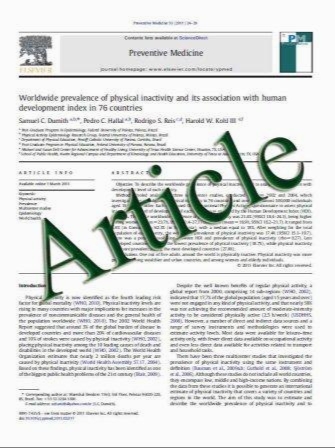Autologous hematopoietic stem cell transplantation—what determines the outcome: an experience from North India
- نوع فایل : کتاب
- زبان : انگلیسی
- مؤلف : Lalit Kumar & Prabhat Singh Malik & Gaurav Prakash & Ram Prabu & Venkat Radhakrishnan & Smita Katyal & Roopa Hariprasad
- چاپ و سال / کشور: 2011
Description
Limited information is available from developing countries about complications, pattern of infections, and long-term outcome of patients following high-dose chemotherapy (HDCT) and autologous blood stem cell transplantation (ASCT). Between April, 1990 and December 2009, 228 patients underwent ASCT. Patients’ median age was 48 years, ranging from 11 to 68 years. There were 158 males and 70 females. Indications for transplant included multiple myeloma, n=143; lymphoma, n=44 (Hodgkin’s, n=25 and non-Hodgkin’s, n=19); leukemia, n=22; and solid tumors, n=18. Patients received HDCT as per standard protocols. Following ASCT, 175 (76.7%) patients responded; complete, 98 (43%); very good partial response, 37 (16.2%); and partial response, 40 (17.5%). Response rate was higher for patients with good Eastern Cooperative Oncology Group (ECOG) performance status (0–2 vs. 3–4, p<0.001), pretransplant chemo-sensitive disease (p<0.001) and those with diagnosis of hematological malignancies (p<0.003). Mucositis, gastrointestinal, renal, and liver dysfunctions were major nonhematologic toxicities, 3.1% of patients died of regimen-related toxicities. Infections accounted for 5.3% of deaths seen before day 30. At a median follow-up of 66 months (range, 9–234 months), median overall (OS) and eventfree survival (EFS) were 72 months (95% CI 52.4–91.6) and 24 months (95% CI 17.15–30.9), respectively. For myeloma, OS and EFS were 79 months (95% CI 52.3– 105.7) and 30 months (95% CI 22.6–37.4), respectively. Pretransplant good performance status and achievement of significant response following transplant were major predictors of survival. Our analysis demonstrates that such procedure can be successfully performed in a developing country with results comparable to developed countries
Ann Hematol DOI 10.1007/s00277-011-1205-4 Received: 16 December 2010 / Accepted: 22 February 2011


